Thickened arteries. Understanding Atherosclerosis: Symptoms, Causes, and Diagnosis
What is atherosclerosis? How does it develop? What are the risk factors for this condition? How is atherosclerosis diagnosed? Get the answers to these questions and more.
Understanding the Basics of Atherosclerosis
Atherosclerosis is a medical condition characterized by the thickening and hardening of the arterial walls, also known as “hardening of the arteries.” It is a slow, progressive disease that can start developing as early as childhood. Atherosclerosis is caused by the buildup of plaque, which is a mixture of fatty substances, cholesterol, cellular waste products, calcium, and fibrin, within the inner lining of the arteries.
Causes and Risk Factors of Atherosclerosis
The exact cause of atherosclerosis is not entirely clear, but it is believed to be a gradual process involving the accumulation of plaque on the inside of the artery walls. This buildup reduces blood flow and oxygen supply to the body’s organs and tissues. Several risk factors have been identified for atherosclerosis, including high cholesterol and triglyceride levels, high blood pressure, smoking, diabetes, obesity, physical inactivity, and a diet high in saturated fats. Additionally, family history can also play a role in the development of this condition.

Symptoms of Atherosclerosis
The symptoms of atherosclerosis can develop slowly over time and may vary depending on the affected artery. In some cases, individuals may have few or no symptoms at all. However, when a major artery is significantly blocked, more severe symptoms can occur, such as a heart attack, stroke, or blood clot.
Diagnosing Atherosclerosis
Healthcare providers use a variety of tests to diagnose atherosclerosis, including:
- Cardiac catheterization: A long, thin tube (catheter) is inserted into the coronary arteries, and a dye is injected to help visualize narrowing or blockages.
- Doppler sonography: Sound waves are used to assess blood flow in blood vessels, which can help identify any narrowing or blockages.
- Blood pressure comparison: Measurements of blood pressure in the ankles and arms are compared to detect differences that may indicate narrowed blood vessels.
- Nuclear imaging tests: These scans, such as MUGA/radionuclide angiography and thallium/myocardial perfusion scans, can provide information about how the heart is functioning and whether areas of the heart muscle are not receiving enough blood.
- Cardiac CT: This X-ray test can detect the presence of coronary calcifications or blockages in the heart’s arteries.
Treatment Options for Atherosclerosis
Treatment for atherosclerosis typically involves a combination of lifestyle changes and medication. Lifestyle changes may include quitting smoking, controlling cholesterol and blood sugar levels, managing high blood pressure, engaging in regular exercise, and adopting a healthy diet. Medications that may be used include antiplatelet drugs, anticoagulants, cholesterol-lowering drugs, and blood pressure-lowering medications. In some cases, surgical interventions, such as angioplasty or bypass surgery, may be necessary to improve blood flow and address severe blockages.

Preventing the Progression of Atherosclerosis
Proactive steps can be taken to help prevent the development and progression of atherosclerosis. These include maintaining a healthy lifestyle, such as eating a diet low in saturated and trans fats, engaging in regular physical activity, maintaining a healthy weight, and avoiding smoking. Regular check-ups with a healthcare provider to monitor cholesterol, blood pressure, and other risk factors can also help identify and address any issues early on.
The Importance of Early Detection and Management
Early detection and proper management of atherosclerosis are crucial, as this condition can lead to severe and life-threatening complications, such as heart attacks and strokes, if left untreated. By working closely with a healthcare provider, individuals can take proactive steps to manage their risk factors, undergo necessary diagnostic tests, and receive appropriate treatment to prevent the progression of this disease and maintain their overall cardiovascular health.
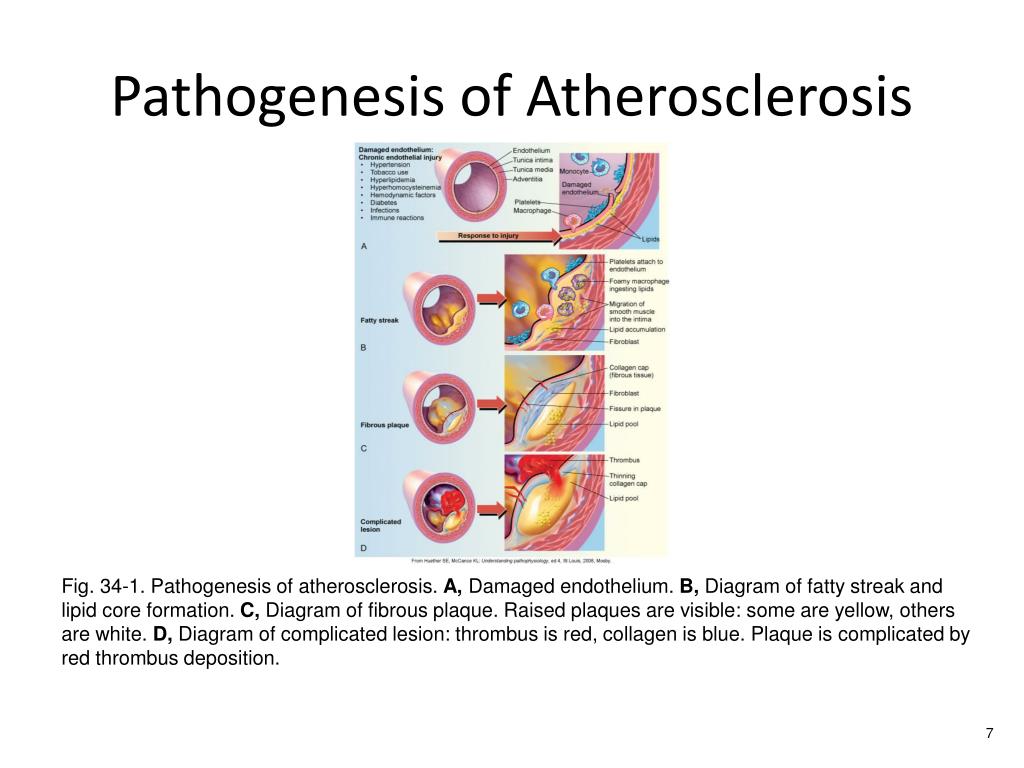
Atherosclerosis | Cedars-Sinai
ABOUT
CAUSES
DIAGNOSIS
TREATMENT
NEXT STEPS
What is atherosclerosis?
Atherosclerosis is thickening of
the walls of the arteries. It is also known as hardening of the arteries. It is caused
by a buildup of plaque in the inner lining of an artery.
Plaque is made up of deposits of
fatty substances, cholesterol, cellular waste products, calcium, and fibrin. As it
builds up in the arteries, the artery walls become thickened and stiff.
Atherosclerosis is a slow,
progressive disease. It may start as early as childhood. But in some people, it can
progress quickly.
What causes atherosclerosis?
It’s not clear exactly how it
starts or what causes it. A gradual buildup of plaque or thickening due to inflammation
A gradual buildup of plaque or thickening due to inflammation
occurs on the inside of the walls of the artery. This reduces blood flow and oxygen
to
body organs and tissues.
Who is at risk for atherosclerosis?
Risk factors include:
- High cholesterol and triglyceride
levels - High blood pressure
- Smoking
- Type 1 and 2 diabetes
- Obesity
- Physical inactivity
- High saturated fat diet
- Family history
What are the symptoms of atherosclerosis?
Signs and symptoms may develop
slowly over time. Symptoms may also vary depending on the affected artery. Or you
may
have few symptoms. But when a major artery is blocked, you may have a heart attack,
stroke, or blood clot.
The symptoms of atherosclerosis may
be like other health conditions. See your healthcare provider for a diagnosis.
How is atherosclerosis diagnosed?
First, your healthcare provider
will do a complete health history and physical exam. You may also have 1 or more of
these tests:
- Cardiac catheterization.A long thin tube (catheter) is passed into the coronary arteries. A dye is
injected into an artery. Then X-rays are taken. The dye helps to show the narrowing,
blockages, and other problems of certain arteries. - Doppler sonography.A probe is used to send sound waves into a blood vessel to look at blood flow.
An audio receiver amplifies the sound of the blood moving though the vessel. Faint
sound or no sound may mean there is a blockage. This is used to find narrowed blood
This is used to find narrowed blood
vessels in the abdomen, neck, or legs. - Blood pressure comparison.Blood pressure measurements in the ankles and in the arms are compared. This
helps find any differences in blood pressure. Big differences may mean blood vessels
are narrowed. - MUGA/radionuclide
angiography.
This is a type of nuclear scan. It is done to see how the heart wall moves and
how much blood is pumped with each heartbeat while you are at rest. - Thallium/myocardial perfusion scan.This is a type of nuclear scan. It is done while you are at rest, or after
exercise. It may show areas of the heart muscle that are not getting enough
blood.
- Cardiac CT.This is a type of X-ray test. It can show if there is coronary calcification or
even heart artery blockages. These calcifications or blockages may lead to a future
heart problem.
How is atherosclerosis treated?
Treatment may include lifestyle
changes, medicine, and surgery.
Lifestyle changes
Lifestyle changes can include:
- Stopping smoking
- Controlling cholesterol levels
- Controlling blood sugar (glucose) levels
- Treating high blood pressure
- Getting exercise
- Eating a healthy diet
Medicines
Medicines that may be used are
listed below.
Antiplatelet medicines
These are used to decrease the ability of platelets in the
blood to stick together and form a clot.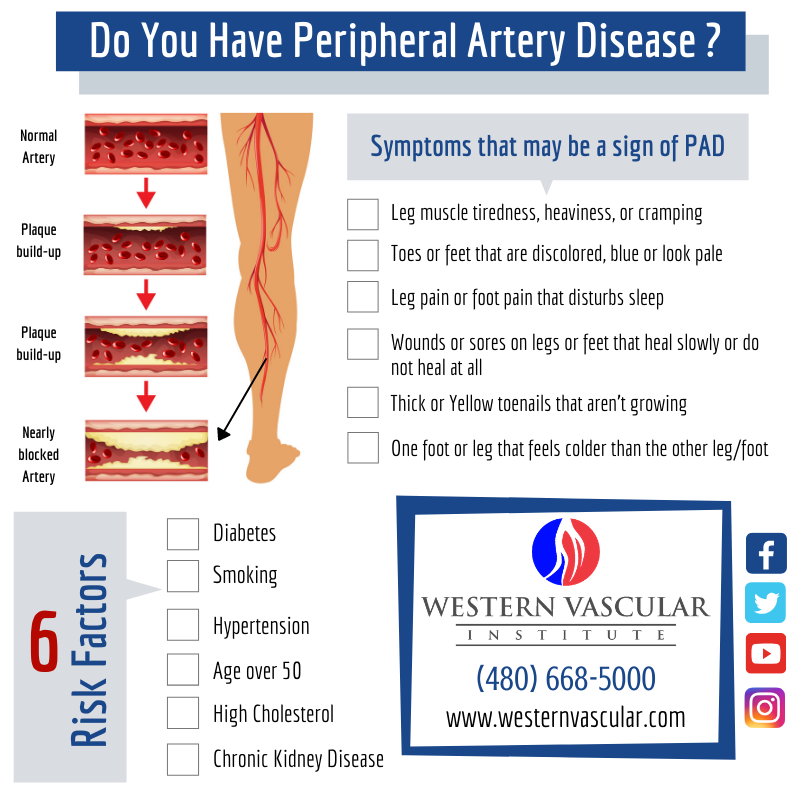
Anticoagulants
These are also called blood thinners. They work differently from antiplatelet
medicines to decrease the ability of the blood to clot. Bivalirudin, enoxaparin,
and heparin are examples of IV (intravenous) and injectable anticoagulants. There
are many other anticoagulants used for treating blood clots that occur with
irregular heart rhythms. But these are not used often for atherosclerosis.
Cholesterol-lowering medicines
These are medicines used to lower fats (lipids) in the blood.
They focus on changing levels of low-density lipid (LDL) cholesterol. Statins are
a type of this medicine. They include simvastatin, atorvastatin, rosuvastatin, and
pravastatin. Other types of medicine may be used to reduce cholesterol levels.
These include bile acid sequestrants such as colesevelam, cholestyramine, and
colestipol.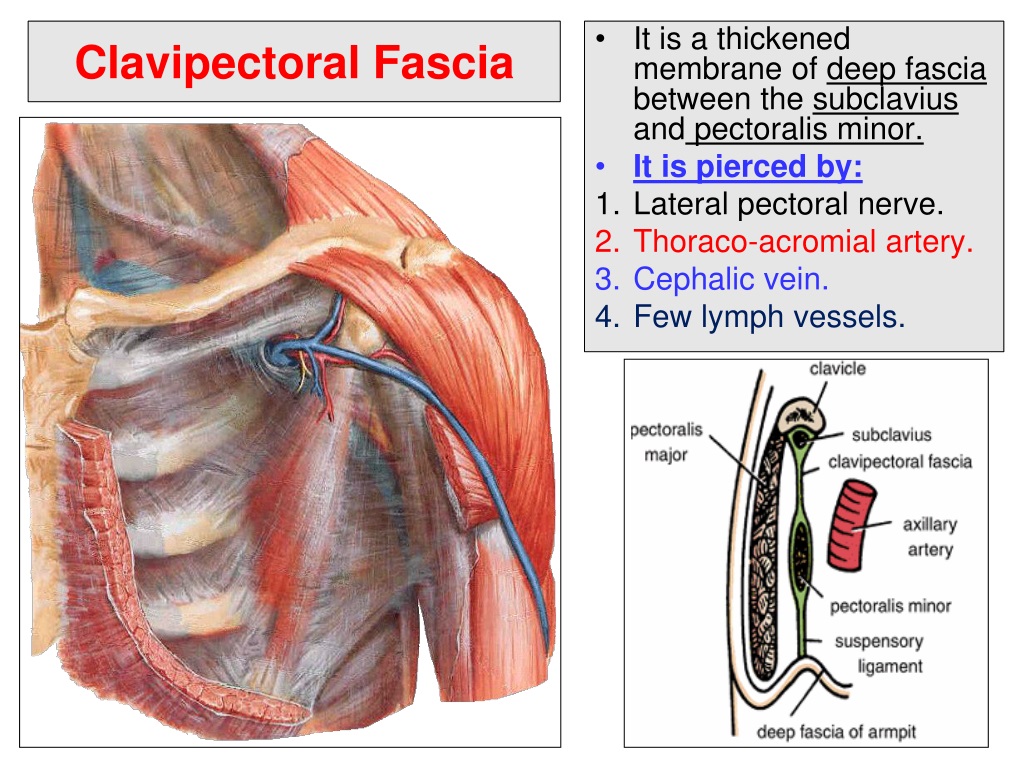 Another medicine is nicotinic acid. Your healthcare provider may also
Another medicine is nicotinic acid. Your healthcare provider may also
prescribe fibrates. These help improve your cholesterol and triglyceride levels.
People with inherited high levels of cholesterol (familial hypercholesterolemia)
may need to use a medicine called a PCSK9 inhibitor to control their cholesterol.
Two kinds of this medicine are alirocumab and evolocumab and are given by
injection.
Blood pressure medicines
Several different types of medicines act in different ways to lower blood pressure.
Coronary angioplasty
With this procedure, a long thin
tube (catheter) is put into a blood vessel and moved up into the heart. There,
a balloon is inflated to create a bigger opening in the vessel. This increases blood
flow. Angioplasty is done in other blood vessels elsewhere in the body.
Angioplasty is done in other blood vessels elsewhere in the body.
Percutaneous coronary intervention (PCI) refers to angioplasty in the coronary
arteries to let more blood flow into the heart. There are several types of PCI,
including:
- Balloon angioplasty.A small balloon is inflated inside the blocked artery to open the blocked
area. - Atherectomy.The blocked area inside the artery is shaved away by a tiny device on the end
of a catheter. - Laser angioplasty.A laser is used to vaporize the blockage in the artery.
- Coronary artery stent.A tiny mesh coil is expanded inside the blocked artery to open the blocked
area and is left in place to keep the artery open.
Coronary artery bypass
This is most often called bypass
surgery. It is often done in people who have angina (chest pain) or have had a heart
attack and have significant atherosclerosis in multiple heart arteries. During the
surgery, a bypass is created around a blocked area of an artery. A healthy vein is
taken from elsewhere in the body. This is called a graft. The graft is usually taken
from the leg or from the chest wall. The graft is attached above and below the
blocked area of a coronary artery. This lets blood flow around the blocked area.
An
artery from another blood vessel in the chest can also be used to supply the heart
artery blood beyond a blockage as well. Sometimes more than 1 artery needs to be
bypassed during the same surgery.
What are possible complications of atherosclerosis?
Plaque buildup inside the arteries
reduces the blood flow. A heart attack may occur if the blood supply is reduced to
the
heart. A damaged heart muscle may not pump as well. This can lead to heart failure.
A
stroke may occur if the blood supply is cut off to the brain. If the blood supply
is
reduced in the arms or legs, it may cause severe pain and destroy tissue.
Can atherosclerosis be prevented?
You can prevent or delay
atherosclerosis by reducing your risk factors. This includes:
- Eating a healthy diet
- Losing weight
- Being physically active
- Not smoking
A healthy diet includes:
- Fruits and vegetables
- Whole grains
- Lean meats, skinless chicken, and fish
- Fat-free or low-fat dairy foods and drinks
- Low sodium
- Low amounts of refined sugars and grains
- Low amounts of solid fats
If you are at risk for
atherosclerosis because of family history or high cholesterol, take medicines as
directed by your healthcare provider.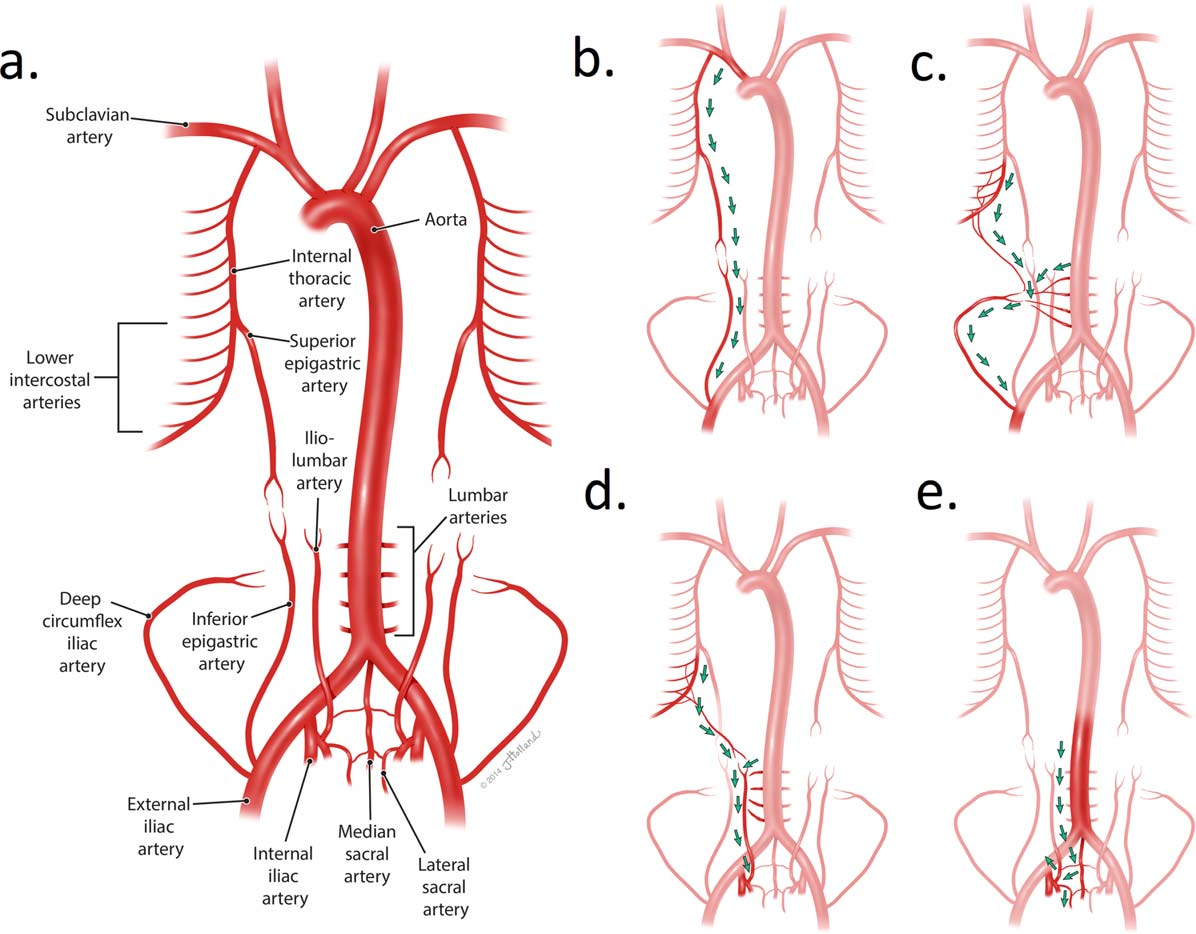
When should I call my healthcare provider?
Call your healthcare provider if:
- Your symptoms get worse
- You have new symptoms
Key points of atherosclerosis
- Atherosclerosis is thickening of the
walls of the arteries. It is also known as hardening of the arteries. It is caused
by
a buildup of plaque in the inner lining of an artery. - Risk factors may include high
cholesterol levels, high blood pressure, smoking, diabetes, obesity, and saturated
fats. - Atherosclerosis can cause a heart
attack, stroke, aneurysm, or blood clot. - You may need medicine, treatments, or
surgery to reduce the complications of atherosclerosis.
Next steps
Tips to help you get the most from
a visit to your healthcare provider:
- Know the reason for your visit and
what you want to happen.
- Before your visit, write down
questions you want answered. - Bring someone with you to help you ask
questions and remember what your provider tells you. - At the visit, write down the name of a
new diagnosis and any new medicines, treatments, or tests. Also write down any new
instructions your provider gives you. - Know why a new medicine or treatment
is prescribed and how it will help you. Also know what the side effects are. - Ask if your condition can be treated
in other ways. - Know why a test or procedure is
recommended and what the results could mean. - Know what to expect if you do not take
the medicine or have the test or procedure.
- If you have a follow-up appointment,
write down the date, time, and purpose for that visit. - Know how you can contact your provider
if you have questions.
Medical Reviewer: Steven Kang MD
Medical Reviewer: Callie Tayrien RN MSN
Medical Reviewer: Stacey Wojcik MBA BSN RN
© 2000-2022 The StayWell Company, LLC. All rights reserved. This information is not intended as a substitute for professional medical care. Always follow your healthcare professional’s instructions.
Atherosclerosis – NHS
Atherosclerosis is where your arteries become narrowed, making it difficult for blood to flow through them. It increases your risk of heart attack and stroke.
Lifestyle changes, like stopping smoking, eating healthily and exercising regularly, can help stop atherosclerosis getting worse.
Check if you have atherosclerosis
You may not have any symptoms of atherosclerosis, but symptoms can include:
- chest pain
- pain in your arms and legs, especially when exercising
- feeling short of breath
- feeling tired all the time
- feeling weak
- feeling confused
Information:
If you’re over 40 you can get a free NHS health check which can spot the early signs of heart disease and stroke, as well as kidney disease, dementia and type 2 diabetes.
Urgent advice: Ask for an urgent GP appointment or get help from NHS 111 if:
- you have chest pain that comes and goes
- you feel short of breath
- you have pain in your arms and legs when walking or exercising
You can call 111 or get help from 111 online.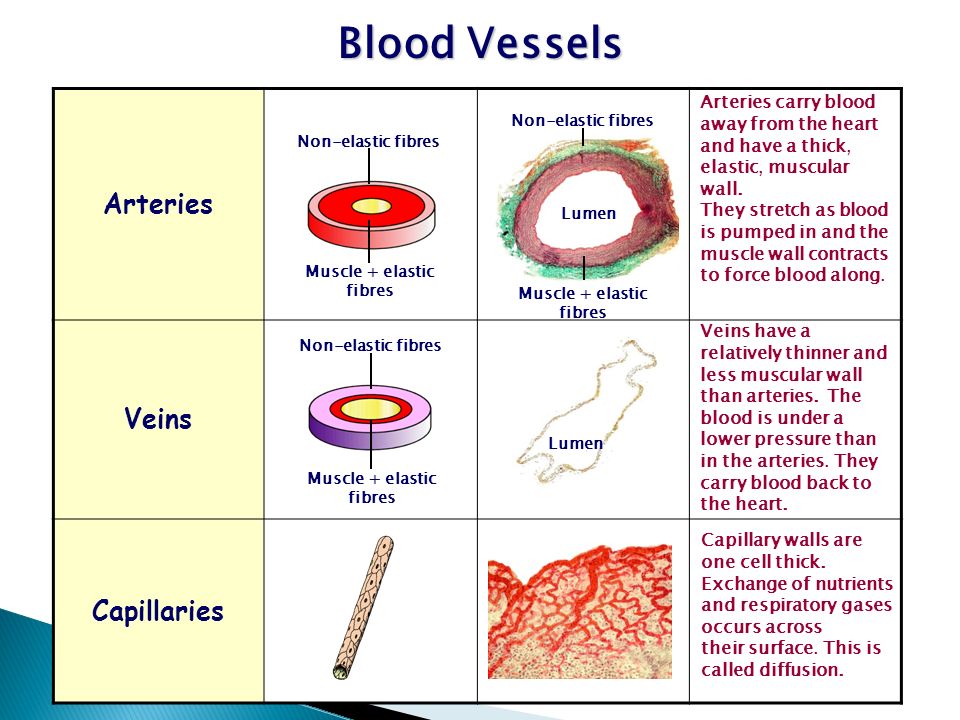
Causes of atherosclerosis
Atherosclerosis happens when fatty deposits build up in the arteries, which causes them to narrow.
Things that increase your chances of getting atherosclerosis include:
- being over 65 years of age
- smoking
- having high cholesterol
- having high blood pressure
- having close relatives who have cardiovascular disease
Things you can do to help with atherosclerosis
There are some things you can do to help stop atherosclerosis getting worse:
Do
eat healthily and eat less saturated fat and sugar
exercise regularly
maintain a healthy weight
keep your blood sugar levels under control if you have diabetes
Treatments for atherosclerosis
There are currently no treatments to reverse atherosclerosis, but you may be offered medicines to lower your risk of having a heart attack or a stroke.
You may need medicines to:
- lower your cholesterol (statins)
- lower your blood pressure
- lower your risk of blood clots
- lower your blood sugar levels if you have diabetes
You may also need surgery to help improve blood flow through the affected arteries.
Complications of atherosclerosis
Without lifestyle changes and medical treatment, atherosclerosis may get worse over time.
It can cause:
- heart attacks
- stroke
- peripheral arterial disease
- other types of cardiovascular disease
Immediate action required: Call 999 if you have:
- signs of a heart attack – pain like a tight band or heavy weight in your chest
- signs of a stroke – face dropping on 1 side, cannot hold both your arms up, difficulty speaking
- difficulty breathing – gasping for breath, choking, not able to get any words out
- sudden confusion – unable to think or speak clearly, suddenly do not know where you are
Page last reviewed: 30 January 2023
Next review due: 30 January 2026
Atherosclerosis – causes and risk factors – News
Home / News / Atherosclerosis – causes and risk factors
February 28, 2020
3574
Atherosclerosis is also commonly known as “hardening of the arteries”, but few people think about the consequences.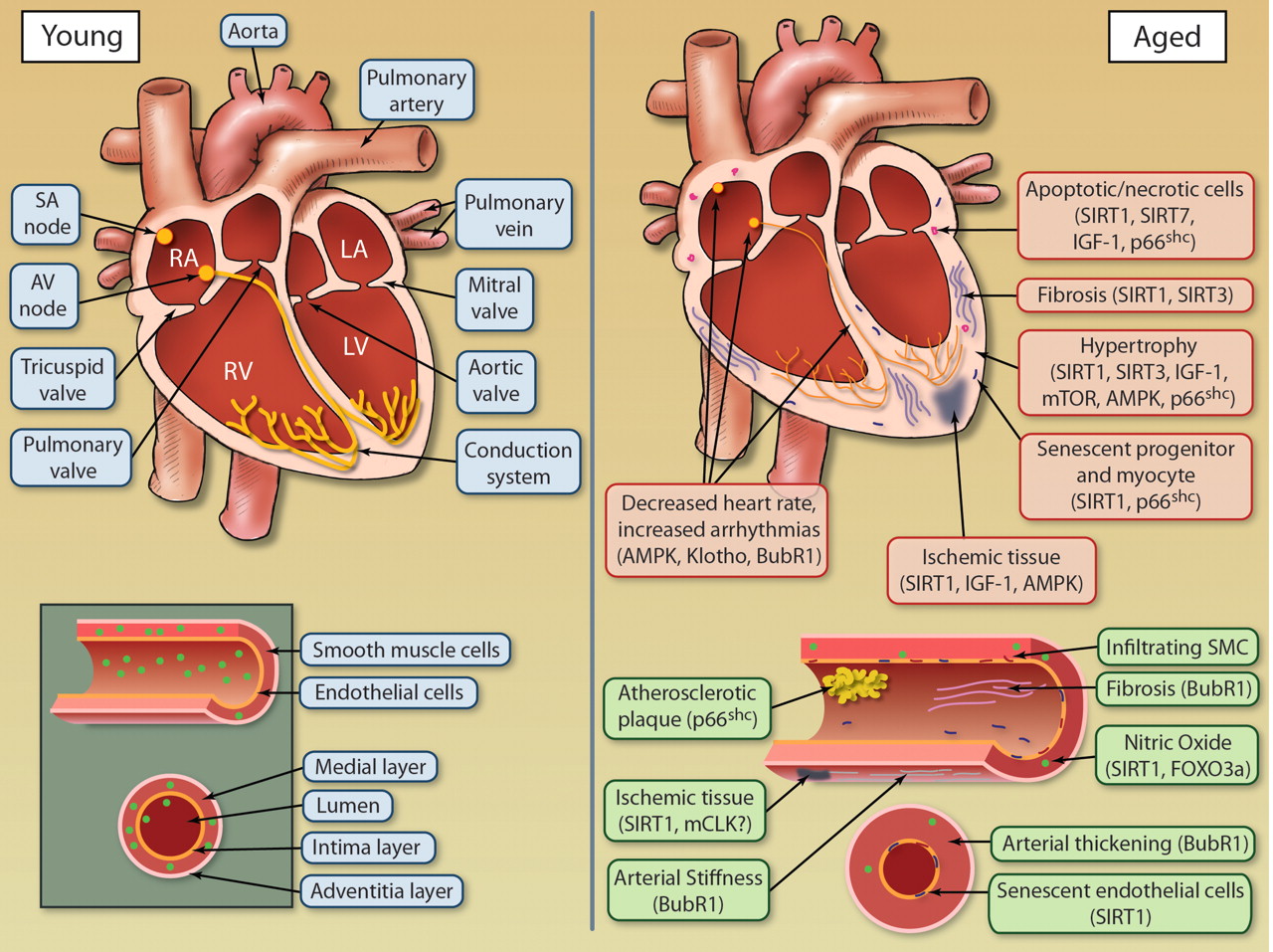 It is one of the most common arterial diseases in all developed countries today. How it develops, the causes of the disease and risk factors, read in our article.
It is one of the most common arterial diseases in all developed countries today. How it develops, the causes of the disease and risk factors, read in our article.
The disease, which is accompanied by cholesterol deposits on the walls of blood vessels and arteries, is called atherosclerosis. For various reasons, cholesterol is deposited in the vessels in the form of a plaque. As a result, the lumen of the vessel narrows up to complete blockage with the cessation of blood flow. Atherosclerosis affects the walls of blood vessels, reducing their elasticity and creating an obstacle to the movement of blood flow. As a result, there is a violation of the blood supply to the internal organs.
As the disease progresses, the arterial blood vessels thicken and harden more and more. This limits the cross section of the arteries – the passage through the “tubes” becomes smaller. In addition, actually flexible vessels lose their elasticity.
As a result, the blood flow, and therefore the supply of oxygen, to the affected areas is limited. If sclerotic arteries rupture, blood clots can form that completely seal the vessel. As a result, medical emergencies such as heart attacks or strokes occur.
If sclerotic arteries rupture, blood clots can form that completely seal the vessel. As a result, medical emergencies such as heart attacks or strokes occur.
How does atherosclerosis develop? What are the causes and risk factors?
The exact origin of atherosclerosis has not yet been fully elucidated. Damage to the inner arterial layer appears to be the starting point of the disease. These tiny injuries infiltrate cholesterol into the walls of the vessel. This can lead to inflammatory reactions and oxidation. This creates plaques, also called atheromas. These atherosclerotic plaques coalesce during the course of the disease and thus form a layer that increasingly constricts the blood vessel and limits its function.
The main risk factor for atherosclerosis is age. From the age of 80, almost everyone has atherosclerotic changes. Male sex and family tendency to atherosclerosis are also considered uncontrollable risk factors.
On the other hand, risk factors include lack of exercise and being overweight. Elevated blood cholesterol levels (hypercholesterolemia), as well as metabolic disease, diabetes, and gout increase the risk of the disease. Including people with high blood pressure have an increased risk of atherosclerotic vascular changes.
Elevated blood cholesterol levels (hypercholesterolemia), as well as metabolic disease, diabetes, and gout increase the risk of the disease. Including people with high blood pressure have an increased risk of atherosclerotic vascular changes.
April 26, 2023 | May holidays schedule |
March 2, 2023 | Opening hours of the medical center March 8 |
February 22, 2023 | Working hours of the medical center February 23 |
November 11, 2022 | Gilev Muslim Alexandrovich – the first among the best! |
July 15, 2022 | New! “Tonsillor-ZMM” in the otolaryngologist’s office |
April 18, 2022 | April 21 appointment with an otorhinolaryngologist of the highest category |
April 6, 2022 | When is it necessary to consult a cardiologist? |
April 6, 2022 | Is your vitamin D normal? You can check this by doing a blood test at our medical center. |
December 28, 2021 | New Year holidays schedule |
December 8, 2021 | We are 2 years old! |
Book an appointment with a specialist
Peripheral arterial disease (PAD): signs and symptoms
Peripheral vascular disease, often referred to as PAD, affects more than 200 million people worldwide. Described as a circulatory disorder, peripheral vascular disease usually causes narrowing, blockage, or spasm of blood vessels outside the heart and brain. Twelve to twenty percent of Americans over age 60 have PAD, according to the Centers for Disease Control and Prevention.
What is peripheral vascular disease?
PAD is the most common arterial disease. It is a slow and progressive circulatory disorder affecting blood vessels outside the heart, including the arteries, veins, or lymphatic vessels, and the organs supplied by these vessels, including the brain. PAD is caused by the gradual accumulation of fatty material within these vessels and can affect the legs and feet because they do not receive enough blood flow to function properly. It can also affect the hands, stomach, intestines, and kidneys.
PAD is caused by the gradual accumulation of fatty material within these vessels and can affect the legs and feet because they do not receive enough blood flow to function properly. It can also affect the hands, stomach, intestines, and kidneys.
Different types of peripheral vascular disease
Generally, there are two types of PAD, known as functional and organic peripheral vascular disease. Functional PAD occurs when there is no physical damage to the structure of the blood vessels. Instead, vessels spasm in response to factors such as changes in temperature or signals from the brain. Expansion and narrowing of blood vessels leads to a decrease in blood flow.
Causes of disease
The most common causes of functional peripheral arterial disease include:
- Stress
- Low temperatures
- Medicines
- Working with vibrating equipment or tools.
Organic PPA is the opposite; it is caused by structural changes in the blood vessels, including inflammation, plaque, and tissue damage. Common causes include:
Common causes include:
- Smoking
- High blood pressure
- High cholesterol
- Blood clots
- Infection
- Diabetes
- Hand and leg injuries
- Diseases of the coronary arteries
Signs and symptoms of peripheral vascular disease
Now that we understand what peripheral vascular disease is, it is important to recognize the signs and symptoms in order to prevent it. Symptoms can range from:
- Pain in legs and feet
- Fatigue, especially during exercise
- Cold feet
- thickened, opaque toenails
- Bluish discoloration of the skin
- Gangrene
- Mobility restriction
- Impotence
If left untreated, narrowing of the arteries can lead to organ damage and loss of fingers, toes, or limbs.
Who is at risk for peripheral vascular disease?
There are several risk factors for developing peripheral vascular disease, including:
- Age over 50
- Male
- Postmenopausal women
- Overweight
- High cholesterol or high blood pressure
- Family history of cerebrovascular disease, heart disease, stroke, high cholesterol, or high blood pressure
Lifestyle choices can increase the risk of developing PVD, for example:
- Physical inactivity
- Poor nutrition
- Smoking
- Drug use
Why choose PCMC?
If you are looking for a clinic for peripheral vascular disease, look no further than PCMC.

 This is used to find narrowed blood
This is used to find narrowed blood



